
Featured
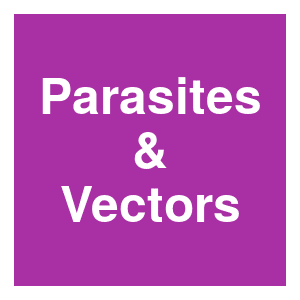
|
Evaluation of anti-malaria potency of wild and genetically modified Enterobacter cloacae expressing effector proteins in Anopheles stephensiH. Dehghan, S. H. Mosa-Kazemi, B. Yakhchali, N. Maleki-Ravasan, H. Vatandoost and M. A. Oshaghi, Parasites and Vectors, 15:63. 2022.
Malaria is one of the most lethal infectious diseases in tropical and subtropical areas of the world. Paratransgenesis using symbiotic bacteria offers a sustainable and environmentally friendly strategy to combat this disease. In the study reported here, we evaluated the ... Keywords: Gene drive, mosquitoes, stakeholder engagement, Uganda |

|
Gene drive mosquitoes can aid malaria elimination by retarding Plasmodium sporogonic developmentA. Hoermann, T. Habtewold, P. Selvaraj, G. Del Corsano, P. Capriotti, M. G. Inghilterra, K. M. Temesgen, G. K. Christophides and N. Windbichler, bioRxiv, 2022.02.15.480588. 2022.
Gene drives hold promise for the genetic control of malaria vectors. The development of vector population modification strategies hinges on the availability of effector mechanisms impeding parasite development in transgenic mosquitoes. We augmented a midgut gene of the malaria ... Keywords: Gene drive, mosquitoes, stakeholder engagement, Uganda |

|
Mark-release-recapture experiment in Burkina Faso demonstrates reduced fitness and dispersal of genetically-modified sterile malaria mosquitoesF. A. Yao, A.-A. Millogo, P. S. Epopa, A. North, F. Noulin, K. Dao, M. Drabo, C. Guissou, S. Kekele, M. Namountougou, R. K. Ouedraogo, L. Pare, N. Barry, R. Sanou, H. Wandaogo, R. K. Dabire, A. McKemey, F. Tripet and A. Diabaté, Nature Communications, 13:796. 2022.
Every year, malaria kills approximately 405,000 people in Sub-Saharan Africa, most of them children under the age of five years. In many countries, progress in malaria control has been threatened by the rapid spread of resistance to antimalarial drugs and insecticides. Novel ... Keywords: Gene drive, mosquitoes, stakeholder engagement, Uganda |
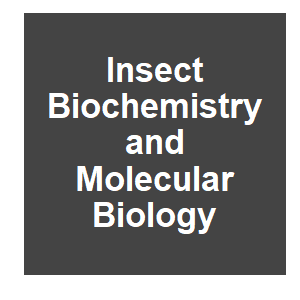
|
A flavivirus-inducible gene expression system that modulates broad-spectrum antiviral activity against dengue and Zika virusesS.-C. Weng, Y.-X. Zhou and S.-H. Shiao, Insect Biochemistry and Molecular Biology, 142:103723. 2022.
Incidence of dengue virus (DENV) and Zika virus (ZIKV), two mosquito-borne flaviviruses, is increasing in large parts of the world. Vaccination and medication for these diseases are unsatisfactory. Here, we developed a novel antiviral approach, using a virus-inducible gene ... Keywords: Gene drive, mosquitoes, stakeholder engagement, Uganda |

|
Self-limiting fall armyworm: a new approach in development for sustainable crop protection and resistance managementC. E. Reavey, A. S. Walker, S. P. Joyce, L. Broom, A. Willse, K. Ercit, M. Poletto, Z. H. Barnes, T. Marubbi, B. J. Troczka, D. Treanor, K. Beadle, B. Granville, V. de Mello, J. Teal, E. Sulston, A. Ashton, L. Akilan, N. Naish, O. Stevens, N. Humphreys-Jo, BMC Biotechnology, 22:5. 2022.
Here, we describe the first germline transformation of the fall armyworm and the development of a genetically engineered male-selecting self-limiting strain, OX5382G, which exhibits complete female mortality in the absence of an additive in the larval diet. Laboratory experiments ... Keywords: Gene drive, mosquitoes, stakeholder engagement, Uganda |
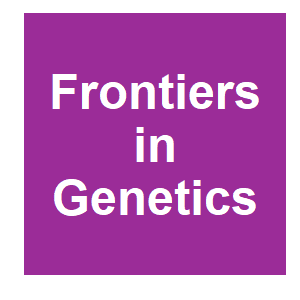
|
Monitoring Needs for Gene Drive Mosquito Projects: Lessons From Vector Control Field Trials and Invasive SpeciesG. Rašić, N. F. Lobo, E. H. Jeffrey Gutiérrez, C. H. Sánchez and J. M. Marshall, Frontiers in Genetics, 12:780327. 2022.
As gene drive mosquito projects advance from contained laboratory testing to semi-field testing and small-scale field trials, there is a need to assess monitoring requirements to: i) assist with the effective introduction of the gene drive system at field sites, and ii) detect ... Keywords: Gene drive, mosquitoes, stakeholder engagement, Uganda |

|
The Need for a Tiered Registry for US Gene Drive GovernanceK. L. Warmbrod, A. L. Kobokovich, R. West, G. K. Gronvall and M. Montague, Health Security, 2022.
A great deal of attention has been focused on the potential risks of gene drives, the kinds of biosafety protections they may require, and how they may be reversed; however, less attention has been paid to the systems that would be useful to have in place in the future, when ... Keywords: Gene drive, mosquitoes, stakeholder engagement, Uganda |

|
Facilitating the Conversation: Gene Drive ClassificationJ. Overcash and A. Golnar, Health Security, 2021.
Gene drives are an emerging technology with tremendous potential to impact public health, agriculture, and conservation. While gene drives can be described simply as selfish genetic elements (natural or engineered) that are inherited at non-Mendelian rates, upon closer ... Keywords: Gene drive, mosquitoes, stakeholder engagement, Uganda |

|
Evolution of B Chromosomes: From Dispensable Parasitic Chromosomes to Essential Genomic PlayersM. Johnson Pokorná and R. Reifová, Frontiers in Genetics, 12:727570. 2021.
B chromosomes represent additional chromosomes found in many eukaryotic organisms. Their origin is not completely understood but recent genomic studies suggest that they mostly arise through rearrangements and duplications from standard chromosomes. They can occur in single or ... Keywords: Gene drive, mosquitoes, stakeholder engagement, Uganda |

|
CRISPR-Cas9 effectors facilitate generation of single-sex litters and sex-specific phenotypesC. Douglas, V. Maciulyte, J. Zohren, D. M. Snell, S. K. Mahadevaiah, O. A. Ojarikre, P. J. I. Ellis and J. M. A. Turner, Nature Communications, 12:6926. 2021.
Animals are essential genetic tools in scientific research and global resources in agriculture. In both arenas, a single sex is often required in surplus. The ethical and financial burden of producing and culling animals of the undesired sex is considerable. Using the mouse as a ... Keywords: Gene drive, mosquitoes, stakeholder engagement, Uganda |
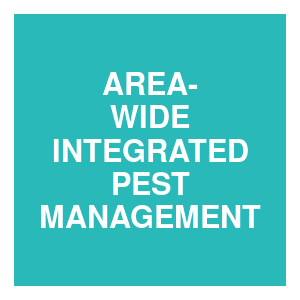
|
AREA-WIDE INTEGRATED PEST MANAGEMENT: Development and Field ApplicationHendrichs, J. Pereira, R., Vreysen, M. J. B., AREA-WIDE INTEGRATED PEST MANAGEMENT: Development and Field Application, 2021.
The concept of area-wide integrated pest management (AW-IPM), in which the total population of a pest in an area is targeted, is central to the effective control of such populations through the integration of genetic, biological and other pest suppression technologies. Insect ... Keywords: Gene drive, mosquitoes, stakeholder engagement, Uganda |
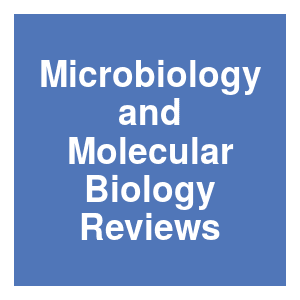
|
Molecular Mechanisms and Evolutionary Consequences of Spore Killers in AscomycetesS. Zanders and H. Johannesson, Microbiology and Molecular Biology Reviews, 2021.
In this review, we examine the fungal spore killers. These are meiotic drive elements that cheat during sexual reproduction to increase their transmission into the next generation. Spore killing has been detected in a number of ascomycete genera, including Podospora, Neurospora, ... Keywords: Gene drive, mosquitoes, stakeholder engagement, Uganda |
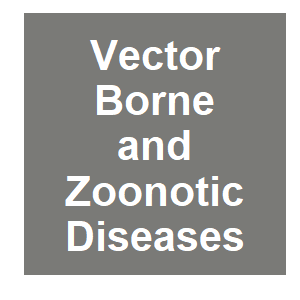
|
Containment Practices for Arthropods Modified with Engineered Transgenes Capable of Gene Drive Addendum 1 to the Arthropod Containment Guidelines, Version 3.2American Committee of Medical Entomology, Vector-Borne and Zoonotic Diseases, 2021.
Responsible conduct of research is a cornerstone of rigorous scientific discovery. Institutional committees, independent advisory panels, and expert steering groups are among the frameworks in academia meant to provide guidance and assurances that research activities do not ... Keywords: Gene drive, mosquitoes, stakeholder engagement, Uganda |
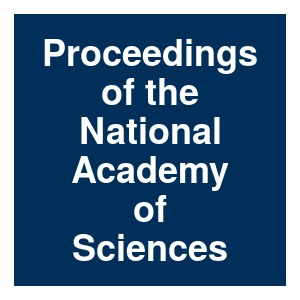
|
Releasing incompatible males drives strong suppression across populations of wild and Wolbachiat-carrying Aedes aegypti in AustraliaN. W. Beebe, D. Pagendam, B. J. Trewin, A. Boomer, M. Bradford, A. Ford, C. Liddington, A. Bondarenco, P. J. De Barro, J. Gilchrist, C. Paton, K. M. Staunton, B. Johnson, A. J. Maynard, G. J. Devine, L. E. Hugo, G. Rasic, H. Cook, P. Massaro, N. Snoad, J., Proceedings of the National Academy of Sciences, 118:e2106828118. 2021.
Through replicated treatment and control experiments in northern Australia, regular releases of Aedes aegypti males infected with a Wolbachia from Aedes albopictus was shown to drive strong population suppression in mosaic populations of wild-type (no Wolbachia) and ... Keywords: Gene drive, mosquitoes, stakeholder engagement, Uganda |

|
A single mutation weakens symbiont-induced reproductive manipulation through reductions in deubiquitylation efficiencyJ. F. Beckmann, K. Van Vaerenberghe, D. E. Akwa and B. S. Cooper, Proceedings of the National Academy of Sciences, 118:e2113271118. 2021.
We show that a single naturally observed mutation weakens CI by reducing deubiquitylation. These discoveries help elucidate the molecular basis of symbiont-induced reproductive manipulations.Animals interact with microbes that affect their performance and fitness, including ... Keywords: Gene drive, mosquitoes, stakeholder engagement, Uganda |

|
Suppressing mosquito populations with precision guided sterile malesM. Li, T. Yang, M. Bui, S. Gamez, T. Wise, N. P. Kandul, J. Liu, L. Alcantara, H. Lee, J. R. Edula, R. Raban, Y. Zhan, Y. Wang, N. DeBeaubien, J. Chen, H. M. Sánchez C, J. B. Bennett, I. Antoshechkin, C. Montell, J. M. Marshall and O. S. Akbari, Nature Communications, 12:5374. 2021.
The mosquito Aedes aegypti is the principal vector for arboviruses including dengue/yellow fever, chikungunya, and Zika virus, infecting hundreds of millions of people annually. Unfortunately, traditional control methodologies are insufficient, so innovative control methods are ... Keywords: Gene drive, mosquitoes, stakeholder engagement, Uganda |

|
Unravelling the mystery of female meiotic drive: where we areF. E. Clark and T. Akera, Open Biol, 11:210074. 2021.
Female meiotic drive is the phenomenon where a selfish genetic element alters chromosome segregation during female meiosis to segregate to the egg and transmit to the next generation more frequently than Mendelian expectation. While several examples of female meiotic drive have ... Keywords: Gene drive, mosquitoes, stakeholder engagement, Uganda |

|
The international governance of gene drive organismsF. Rabitz, Environmental Politics, 2021.
Gene Drive Organisms (GDOs) are a proposed biotechnological intervention that might generate significant benefits for the conservation and sustainable use of biological diversity while also raising critical biosafety issues. Despite their inevitable transboundary effects, their ... Keywords: Gene drive, mosquitoes, stakeholder engagement, Uganda |
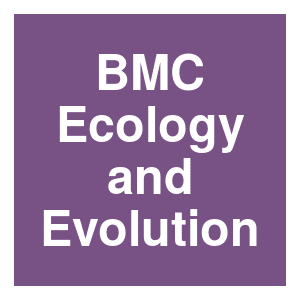
|
A common gene drive language eases regulatory process and eco-evolutionary extensionsP. Verma, R. G. Reeves and C. S. Gokhale, BMC Ecology and Evolution, 21:156. 2021.
Synthetic gene drive technologies aim to spread transgenic constructs into wild populations even when they impose organismal fitness disadvantages. The extraordinary diversity of plausible drive mechanisms and the range of selective parameters they may encounter makes it very ... Keywords: Gene drive, mosquitoes, stakeholder engagement, Uganda |
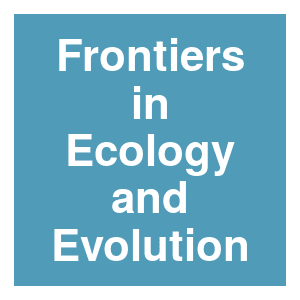
|
The Promise of Genetics and Genomics for Improving Invasive Mammal Management on IslandsB. T. Burgess, R. L. Irvine, G. R. Howald and M. A. Russello, Frontiers in Ecology and Evolution, 9. 2021.
Invasive species are major contributors to global biodiversity decline. Invasive mammalian species (IMS), in particular, have profound negative effects in island systems that contain disproportionally high levels of species richness and endemism. The eradication and control of ... Keywords: Gene drive, mosquitoes, stakeholder engagement, Uganda |

Contact
David O’Brochta
Foundation for the
National Institutes of Health
geneconvenevi@fnih.org
RSS

